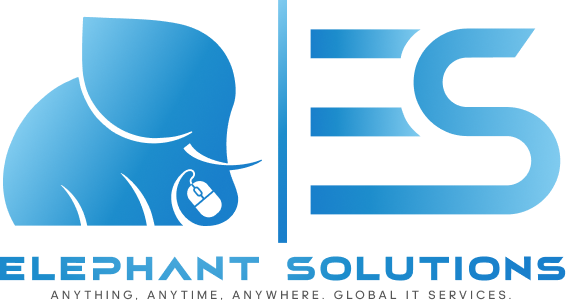The Difference Between Relational and Non-Relational Databases
Introduction
To understand the differences between these two types of databases, we must first understand what a database is and what it is used for.
A database is a collection of structured data or information that can be searched quickly on a computer. The database’s function is to store data.
Databases are critical components of any information technology system.
The term “DBMS” is frequently used when discussing databases. What is a DBMS and what does it do? DBMS stands for “Database Management System”, and it is used to extract data from a database based on specified queries.
Databases are classified into two types: relational databases and non-relational databases.
Let’s look at why these two types exist and what differentiates them.
Relational databases
Relational databases are structured databases because they organize data using tables. The term “relational” refers to the fact that these tables have specific relationships with one another.
This type of database is popular due to its structure, which allows users to understand the data and its interrelationships. Structured Query Language (SQL) is used in relational databases to write queries and manipulate data. As a result, relational databases are frequently referred to as SQL databases and non-relational as NoSQL databases.
The benefits of relational databases include:
- Ease of use
- Easy access to data
- Integrity and accuracy of data
- Flexibility
- Security
Disadvantages of relational databases:
- Performance issues
- Setup can be time-consuming and difficult
- There is no support for more complex data types
- Vertical scalability
MySQL is the most widely used relational database. Other relational databases include:
- PostgreSQL
- SQLite
- Microsoft SQL Server
- Amazon Aurora
- MariaDB
- Oracle Database
- Supabase

Non-relational databases
Non-relational databases have the advantage of being able to store both structured and unstructured data, i.e. any type of data. Functions that provide additional flexibility can be used. Non-relational database data can be more dynamic than relational database data.
Non-relational databases are document-oriented; they store data in non-tabular form using a storage model optimized for the specific needs of the data types being stored.
Data is stored in documents in this type of database. One record in the database is represented by a document. Values can be of various types, including strings, numbers, dates, arrays, or objects, and are typically stored in JSON format. As a result, non-relational databases are frequently referred to as document databases or document stores. Non-relational databases use collections in addition to documents. Collections are used to group multiple documents.
Because the data model evolves in response to changes in the application, this method of data storage is slightly more flexible than relational databases.
The benefits of non-relational databases include:
- Management of unstructured data
- Horizontal scaling
- Agility
- Readability
- The vast majority of solutions are open-source
Disadvantages of non-relational databases:
- Reliance on a particular DBMS
- Limited functionality
- Absence of standardization
The most well-known non-relational database is MongoDB. Additional relational databases include:
- MongoDB
- Apache Cassandra
- Redis
- Neo4j
- Amazon DynamoDB
- Firebase

How do we know if we should use a relational or non-relational database for a project?
Before creating the database, it is necessary to create a model and assess the type of data that will be stored and analyzed. Based on the type of data, it can be determined whether it can be stored more easily through rows and columns in tables or if more flexible space is required.
Also, at the outset, the amount of data must be estimated. Non-relational databases have no data size limitations and can store any type of data that can be changed later. Because of the flexibility they provide, non-relational databases are more likely to be used when dealing with large amounts of data.
Another critical consideration is whether real-time data or static data previously stored in the database will be used. Relational databases are ideal for dealing with static data. Non-relational databases are better suited for dynamic data or data that changes frequently.
Relational databases have more settings at the beginning but are easier to maintain later, whereas non-relational databases have fewer settings at the beginning but are more difficult to maintain later.

Conclusion
We have highlighted some of the more significant differences between these two types of databases in this post.
Let us quickly recap everything we said earlier.
There are two kinds of databases: relational (SQL) and non-relational (NoSQL). The choice of database type is primarily determined by the project and the skills of the project team. Following the preceding guidelines, we can conclude that relational databases are better suited for situations requiring us to work with a smaller amount of data that is structured. Non-relational databases, on the other hand, are better suited when we need to work with a large amount of data that is not structured.
Relational databases only support vertical scaling, which means that we can only upgrade the machine where our database is located, whereas non-relational databases support horizontal scaling and can be used on multiple machines at the same time.
To store data, relational databases use tables, while non-relational databases use documents.
SQL is used in relational databases, and queries must be directed at retrieving specific data. In the case of non-relational databases, the process is much more dynamic, with entire data collections typically being extracted and only specific data points from those collections chosen.
What we didn’t mention earlier is that both types of databases can be used in conjunction.
We invite you to follow us on social networks so you can keep up with all our latest projects and news.

